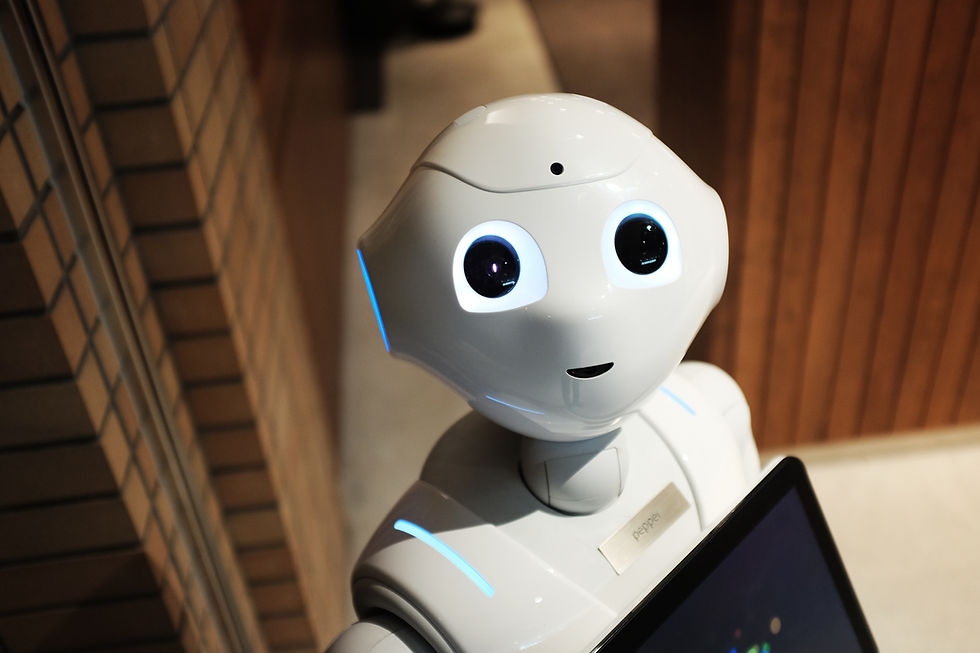The future of website design is an exciting and dynamic landscape that continues to evolve with advancements in technology, changing user behavior, and new design trends. As we look ahead, several key factors are shaping the future of website design:

Mobile-First Approach
Mobile devices have become the primary means of accessing the internet for a large portion of users. As a result, the mobile-first approach to website design is becoming more prevalent. Designers are prioritizing the mobile experience, ensuring that websites are responsive and optimized for various screen sizes. Mobile-first design not only enhances user experience but also aligns with search engines' preferences for mobile-friendly websites.

Progressive Web Apps (PWAs)
Progressive Web Apps (PWAs) are a hybrid of websites and mobile apps, offering a seamless user experience. PWAs are designed to load quickly, even on slow connections, and provide offline access to certain features. They combine the best of both worlds by delivering the user-friendliness of native apps without the need for installation. The future of website design will likely see an increase in the adoption of PWAs, especially for businesses seeking to provide engaging and reliable experiences to their users.

Voice User Interface (VUI)
The rise of voice-activated devices and virtual assistants is driving the adoption of voice user interfaces (VUI) in website design. As more users turn to voice search and interaction, designers will need to optimize websites for VUI, considering natural language, conversational interfaces, and audio content. Voice search optimization will become a crucial aspect of SEO, influencing how content is structured and presented on websites.

Artificial Intelligence (AI)
AI-powered technologies are revolutionizing website design by enabling personalized user experiences. AI can analyze user behavior, preferences, and historical data to tailor content and design elements for individual visitors. Chatbots powered by AI are also becoming increasingly popular for providing instant customer support and enhancing user engagement. AI-driven design tools are streamlining the design process and allowing designers to focus on creativity and strategy.

Augmented Reality (AR) and Virtual Reality (VR)
AR and VR technologies are blurring the lines between the digital and physical worlds, opening up new possibilities for website design. Integrating AR elements can offer users immersive experiences, such as trying products virtually before purchasing. VR can be leveraged for creating interactive and engaging storytelling experiences. As AR and VR technologies become more accessible and affordable, their integration into website design will likely become more common.
Minimalism and Microinteractions
Minimalistic design, with a focus on simplicity and clarity, is gaining popularity. Websites with clean layouts, ample white space, and intuitive navigation provide a more enjoyable user experience. Additionally, microinteractions, subtle animations, and small visual cues can enhance user engagement and provide feedback on user actions.
Cybersecurity and Data Privacy
As cyber threats continue to increase, website design will prioritize cybersecurity and data privacy. SSL certificates and secure payment gateways will become standard for e-commerce websites. Transparent data collection practices and compliance with privacy regulations will be crucial for building trust with users.
Sustainable Design
Sustainable design practices, such as energy-efficient hosting and reduced data consumption, are becoming a priority for environmentally conscious businesses. Websites designed with sustainability in mind can have a positive impact on the environment and contribute to a brand's image as an eco-friendly organization.
In Conclusion
The future of website design is driven by mobile-first approaches, progressive web apps, voice user interfaces, artificial intelligence, and immersive technologies like augmented reality and virtual reality. Minimalism, microinteractions, cybersecurity, data privacy, and sustainability will also shape the design landscape. As technology continues to advance and user expectations evolve, website designers will need to stay agile and embrace innovative approaches to create compelling and user-centric digital experiences.

Comments